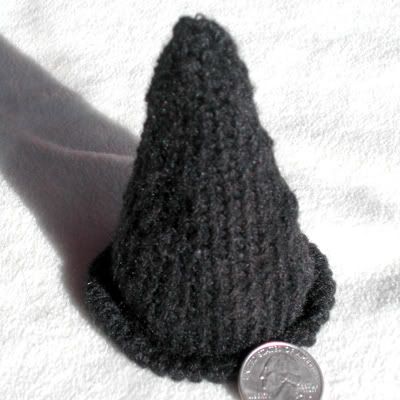
Let me explain. Here is the loom open as normal.
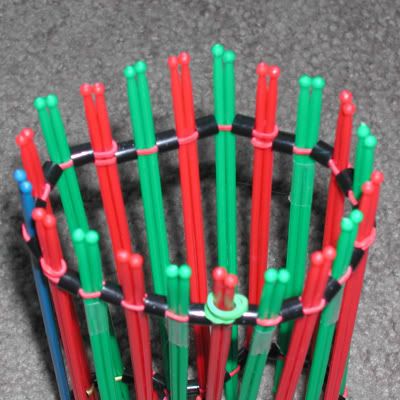
I closed off the pegs where the finger holes would be using a small rubberband with a spacer bead on it for each side of the fingers.
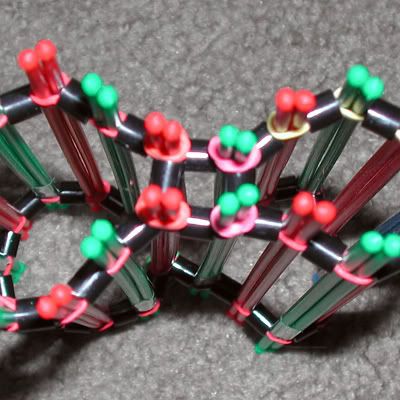
I knitted the fingers with separate yarn until the finger was the desired length. Slipped the stitches off of the inside pegs and placed them on the pegs on each side of them. Then, I removed the rubberbands I used to close the loom and replace the stiches Finally, I just knit around the entire loom like normal.
Please forgive the two different colored yarns, only two fingers and the fact I didn't tie anything off. The only real problem I'm facing is the hole between the fingers. I've been informed that this is nornal for knitted gloves, but I could probably close the hole by sewing it shut with the tail from each finger.
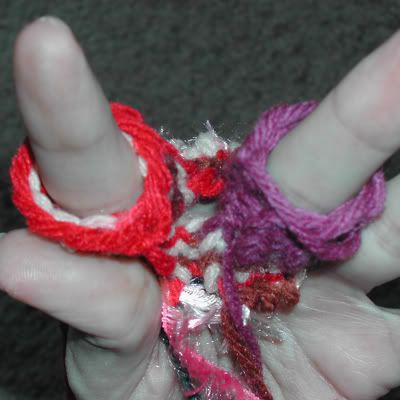
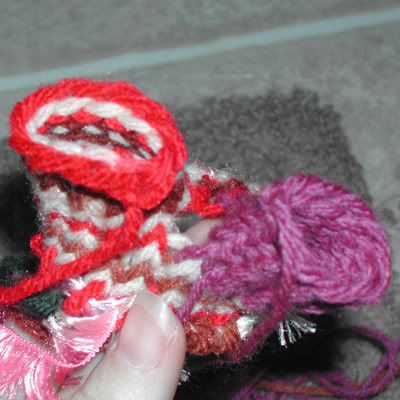
To make the rest of the glove would be indentical to the above. The thumb could also possibly be done the same way by leaving space on the loom for it and starting it further down.
If anyone has any suggestions to fix the holes between the fingers, I'm all ears.


